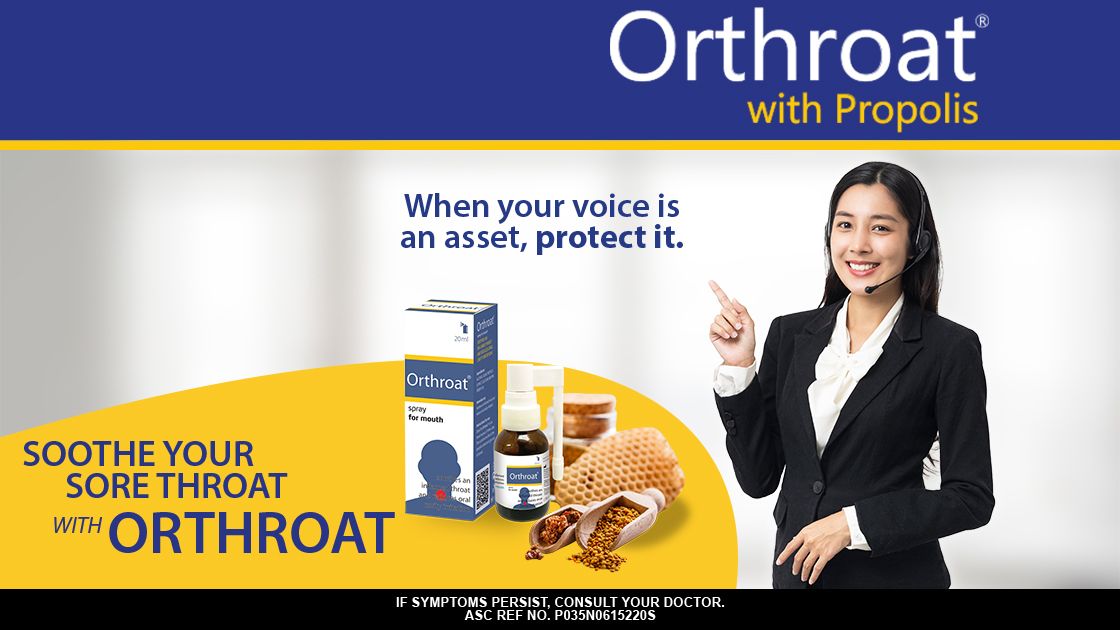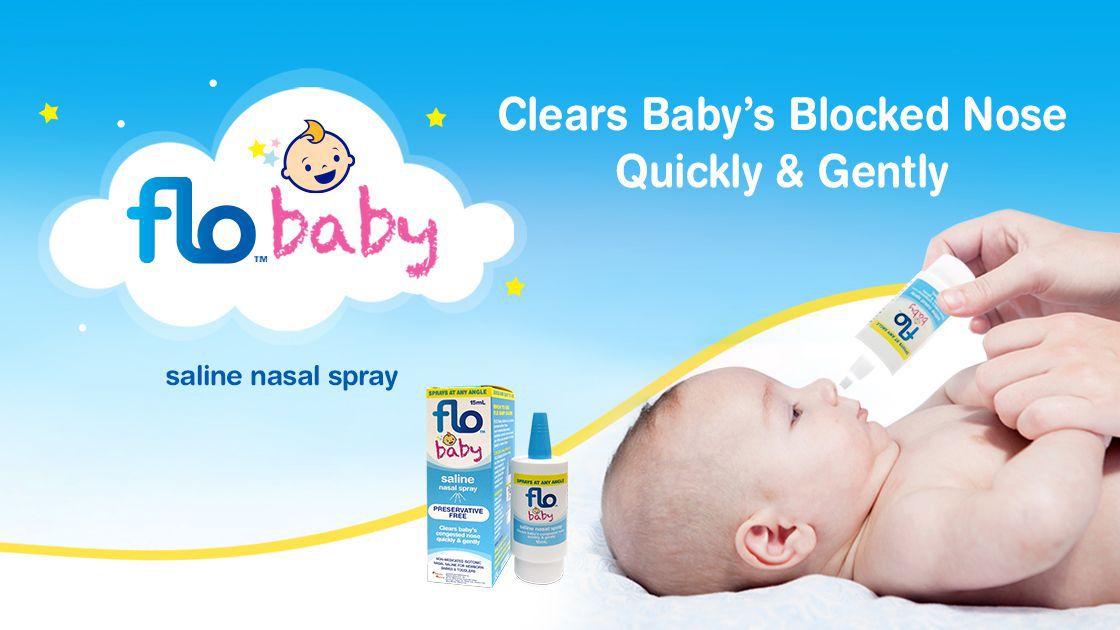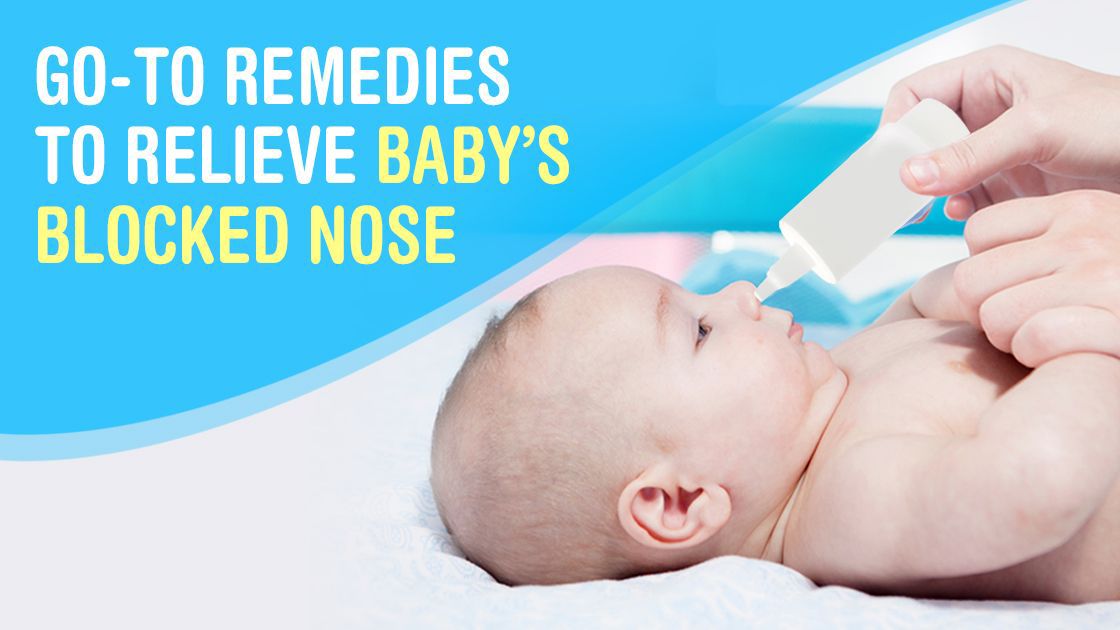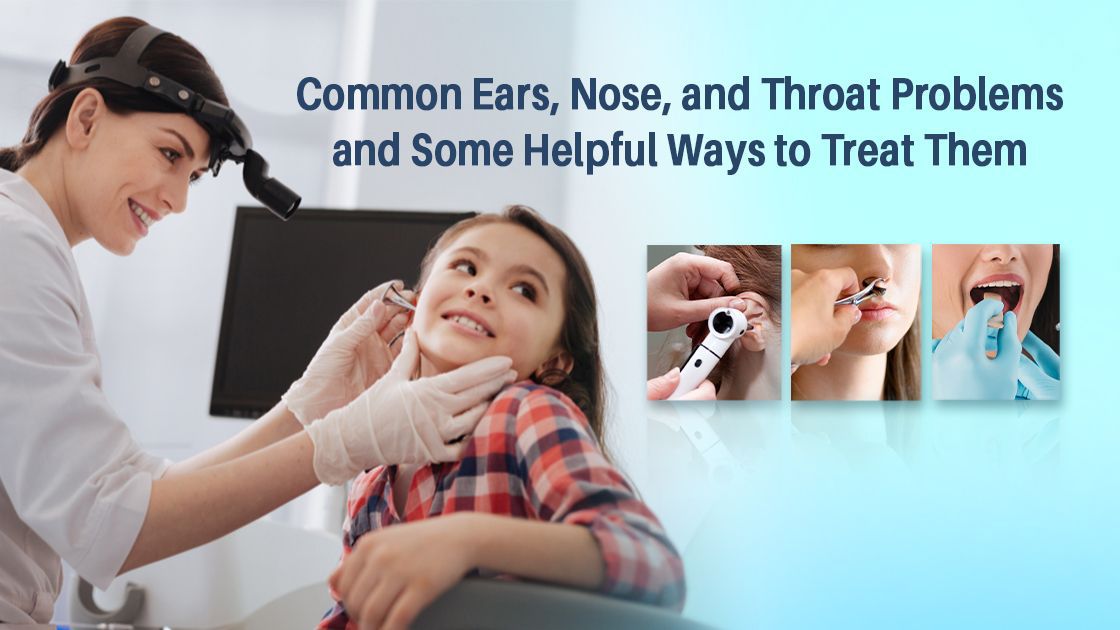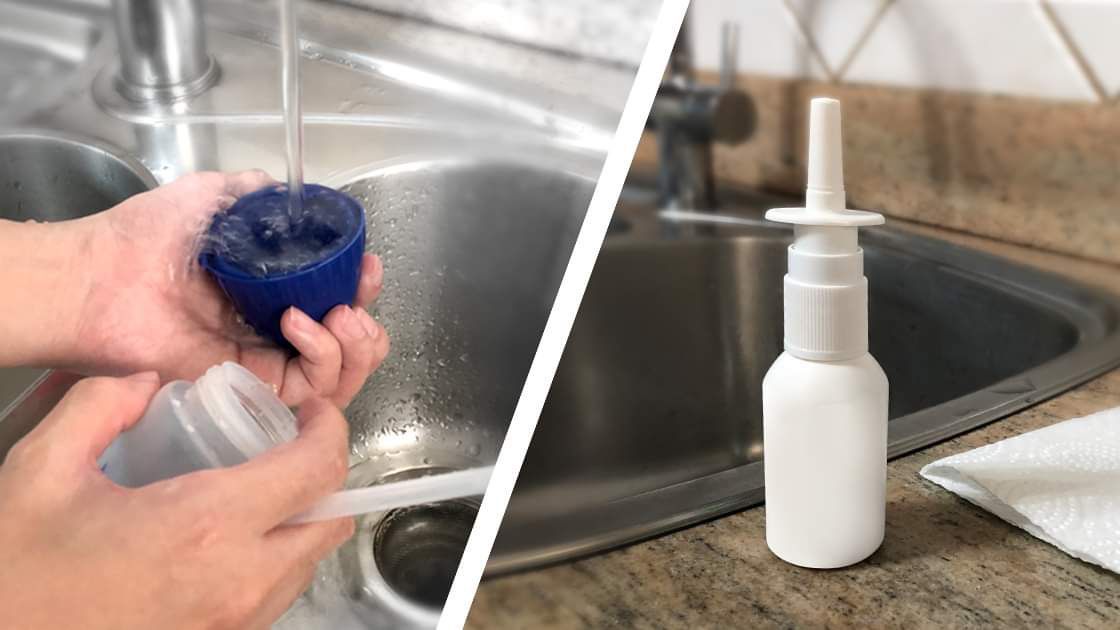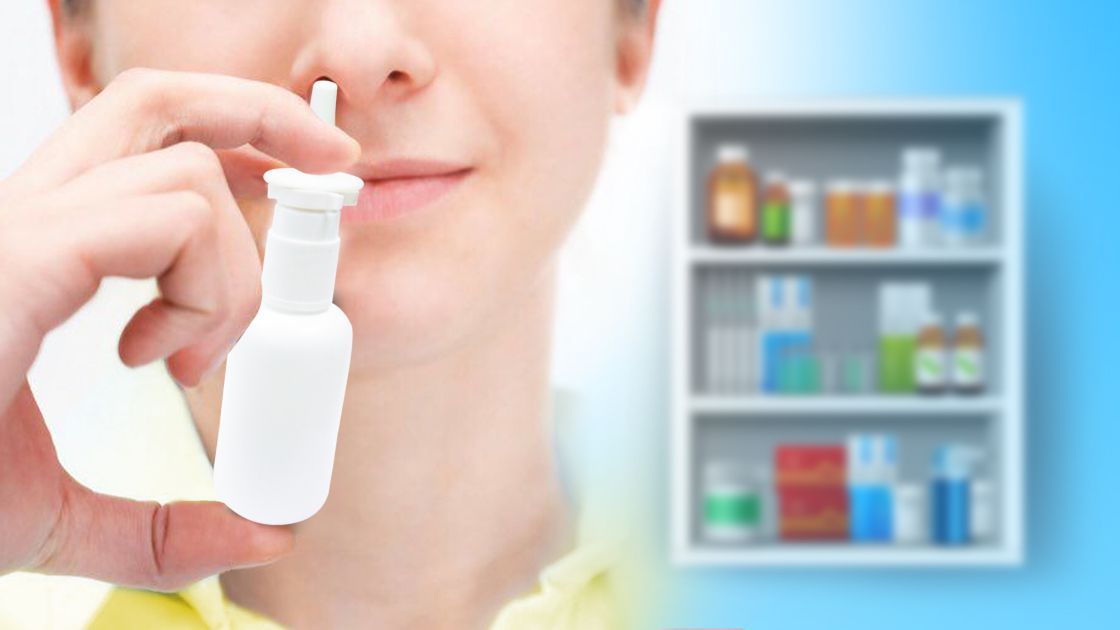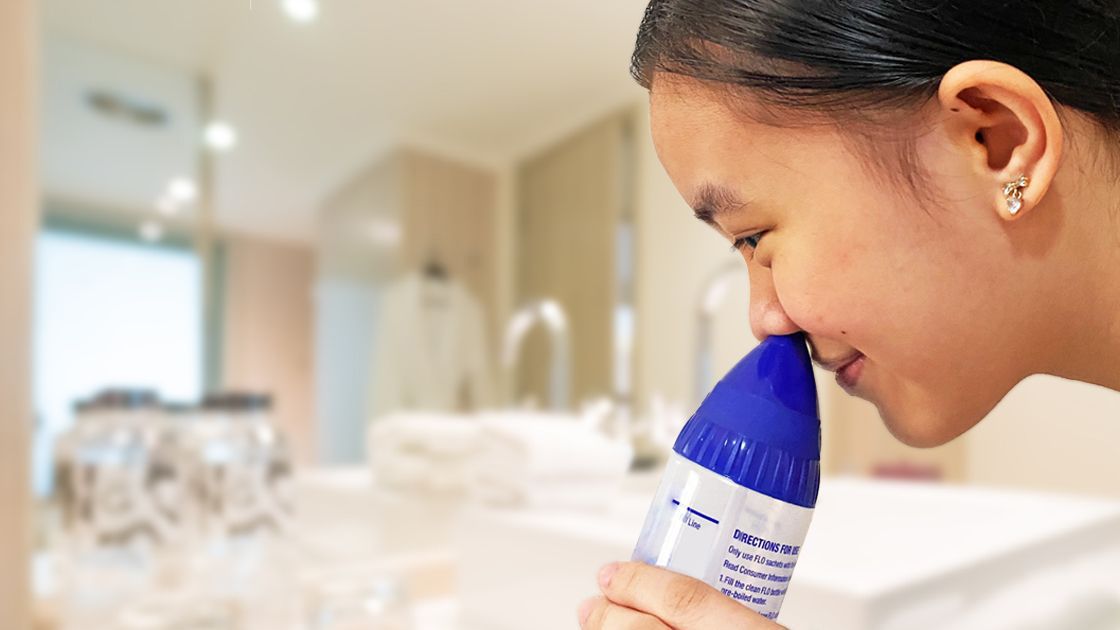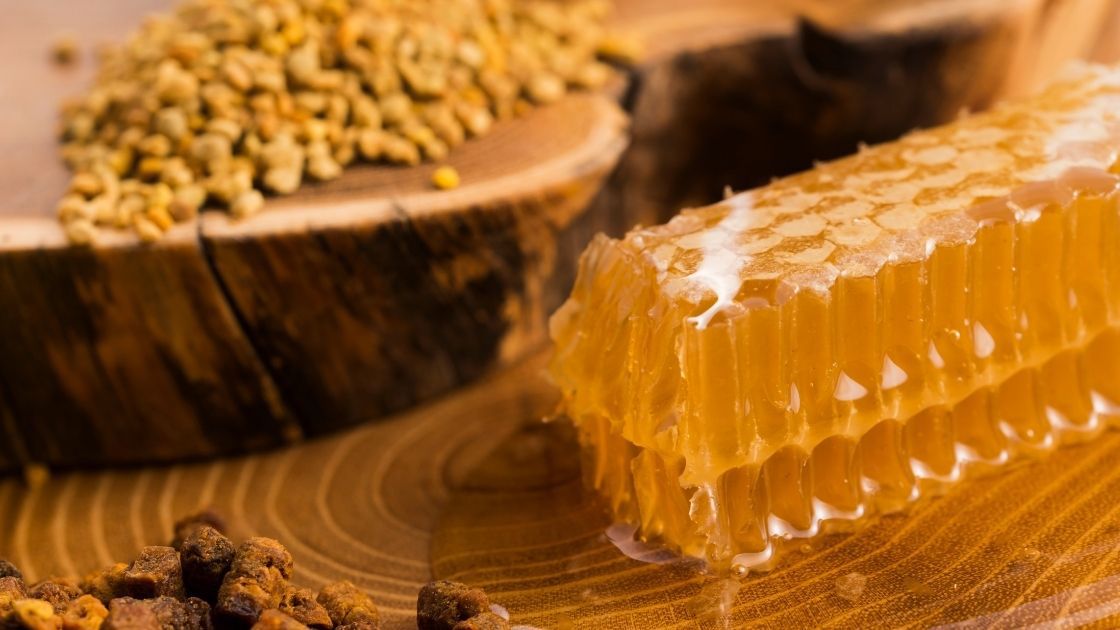Conditions of the ears, nose and throat are commonly experienced. Just like any condition in our body, they require care and attention to prevent them from getting worse and affecting our daily lives. In this blog, let’s examine some of the most common ear, nose and throat problems among both adults and children.
Middle Ear Infection
Middle ear infections or Otitis Media affects more than 80% of kids around 3 years old, according to Stanford Children’s Health. While this can also affect adults, it is more prevalent among children because of their still developing immune system and other factors such as being fed from a bottle while laying on their backs.
When you have cold or allergies, you may also experience swelling and congestion of the lining of the nose, throat, and a connection between the middle ear and the nose. This can encourage the growth of viruses and bacteria in the ear, leading to middle ear infections.
The symptoms of this common ear conditions include but not limited to fever, hearing difficulties and pain. These are often treated with PAIN MEDICATIONS AND PRESCRIPTION ANTIBIOTICS. Antibiotics can have some side-effects when improperly used so be sure to consult with your doctor.
Nasal Congestion
Nasal CONGESTION is characterized by the blockage of nasal passages, resulting in difficulty breathing from the nose. This may be a result of cold, flu, allergic rhinitis, nasal polyps, infections and more. Patients with these conditions may experience stuffiness in the nose, difficulty breathing, facial pain, and loss or weakened sense of smell.
DEPENDING ON THE CAUSE, THESE CONDITIONS MAY RESOLVE ON ITS OWN OR REQUIRE MEDICAL TREATMENT.
Non-medicated saline sprays and decongestant drops may be helpful in unblocking the nose and to restore comfortable breathing. Don’t forget to consult with your doctor especially if symptoms persist.
Sinusitis
Sinusitis is an infection or swelling of the tissue lining the sinuses. It is commonly caused by a number of conditions such as common cold, nasal polyps, and allergies. Sinusitis among children may also be brought about by use of pacifiers, drinking from a bottle while lying on their backs, and second-hand smoking.
People with sinusitis may experience headache, stuffy nose, postnasal drip, teeth pain, cough, fever, bad breath and loss of smell. Similar to ear infections, sinusitis can be treated with antibiotics as prescribed by your doctor. Sinunasal irrigations also help gently wash the nasal passages and the sinus cavities to remove bacteria, viruses, and allergens.
Tonsillitis
Tonsillitis is an inflammation of your tonsils which are the two masses of tissue at the back of your throat. Almost every child around the world has experienced tonsillitis. Adults may experience tonsillitis too but not as frequent.
Tonsillitis is more than that as those who suffer from it may also have sore throat, fever, headache, ear pain, loss of appetite, muffled voice, and bad breath. Tonsillitis among children may also include vomiting and stomach pain.
Treatments for tonsillitis vary based on its cause. Your doctor may prescribe antibiotics, and there are also some home remedies that you can do to ease your condition. These include getting lots of rest, drinking warm fluids, gargling with warm salt water, USE OF SOOTHING THROAT SPRAYS SUCH AS THOSE CONTAINING PROPOLIS, AND over-the-counter pain medications.
A Word of Caution
It is still best to consult your doctor before taking any medicines related to these common ear, nose and throat problems. When buying your prescriptions, nasal spray, sinunasal irrigations, and other medical supplies, make sure to get them from an ethical pharmacy that provides affordable and high-quality products.
References:
https://www.aentassociates.com/the-most-common-ent-problems/
https://www.stanfordchildrens.org/en/topic/default?id=otitis-media-middle-ear-infection-90-P02057
https://www.stanfordchildrens.org/en/service/ear-nose-throat/conditions/nasal-obstruction
https://patient.info/ears-nose-throat-mouth/nasal-congestion
https://www.stanfordchildrens.org/en/topic/default?id=sinusitis-in-children-90-P02063&sid=
